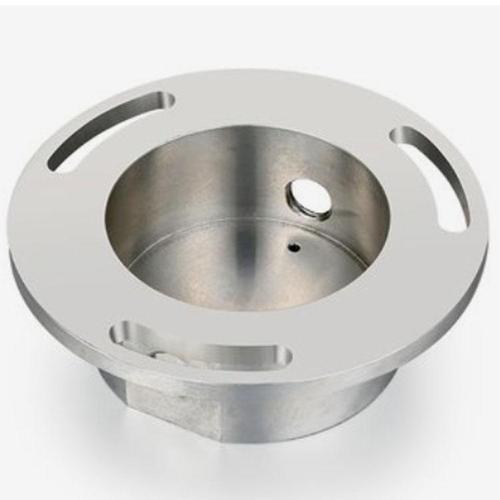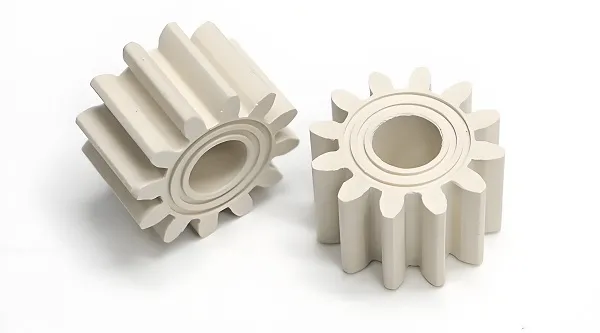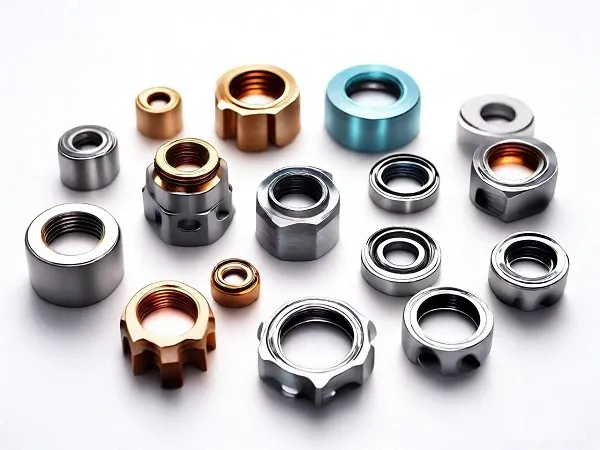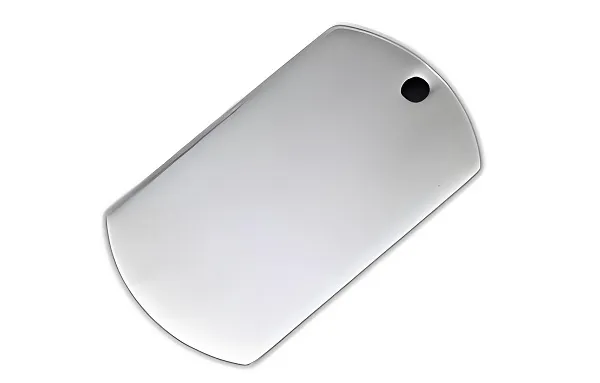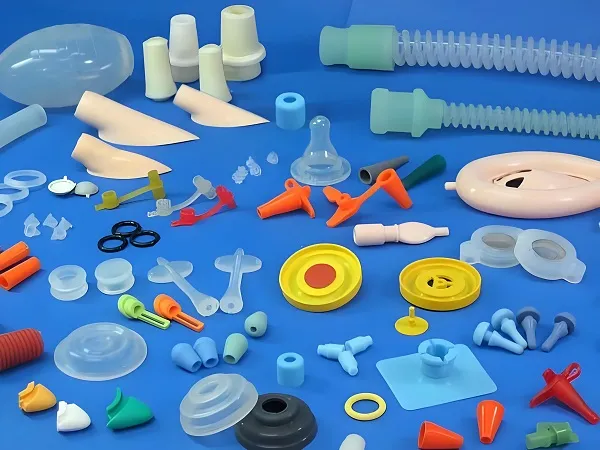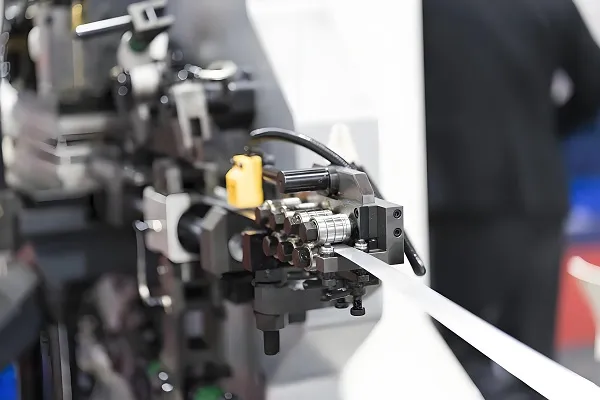Think of the colossal structures that power industries—the wind turbine hubs generating clean energy, the hydraulic press frames shaping metal, the aerospace wings lifting jumbo jets. Behind these engineering giants lie custom large part CNC machining: a specialized craft that transforms massive raw materials into precision components, where size meets accuracy in ways that define industrial progress. At Goldcattle, 26 years of expertise in heavy-duty manufacturing make us more than a supplier—we’re your partner in turning oversized designs into reliable, high-performance reality. Let’s explore what makes custom large part CNC machining essential, how it’s done, and why Goldcattle leads in this demanding field.
What Is Custom Large Part CNC Machining?
Custom large part CNC machining refers to the manufacturing of oversized components—typically weighing 50kg or more, with dimensions exceeding 1 meter—using computer-controlled machinery. Unlike small-part machining, where precision focuses on microns in tiny spaces, large part machining balances massive scale with tight tolerances, solving unique challenges like material weight, thermal expansion, and structural stability.
These components aren’t off-the-shelf; they’re tailor-made for industries where “one size fits all” doesn’t exist. Whether it’s a 3-meter wind turbine hub or a 5-meter industrial press frame, custom large part CNC machining uses advanced milling, turning, and drilling to shape materials into exact specifications—often with tolerances as tight as ±0.01mm, even for parts weighing hundreds of kilograms .
The Technology Powering Large-Scale Precision
1. Machinery Built for Giants
Custom large part CNC machining demands equipment that combines power with precision. Goldcattle’s facility houses heavy-duty CNC systems designed for oversized work:
- Gantry CNC mills: Featuring 5-meter x 3-meter worktables and 50-ton load capacity, these machines handle large planar parts like industrial machine bases. Their dual spindles reduce cycle time by 30% compared to single-spindle systems .
- Horizontal boring mills: Equipped with W-axis quills for deep hole drilling, ideal for machining complex bores in hydraulic cylinder blocks up to 4 meters long.
- Large CNC lathes: With 2-meter swing diameters and 10-meter bed lengths, these turn massive shafts and cylindrical parts—such as marine propeller shafts—with ±0.005mm concentricity.
- 5-axis large-part machining centers: The pinnacle of versatility, these machines manipulate parts weighing up to 20 tons across five axes, enabling complex 3D contours in aerospace structural components.
Our 5-axis gantry mill, for example, recently produced a 3.5-meter aerospace frame with 172 precision holes, each within ±0.008mm of target—all completed in a single setup to eliminate alignment errors.
2. Materials: Strength Meets Machinability
Large parts demand materials that can handle extreme loads, and Goldcattle selects them to balance performance and manufacturability:
- Structural steel (A36, S275): Cost-effective and strong (tensile strength 370–500 MPa), used in heavy machinery frames and construction equipment .
- Alloy steel (4140, 4340): Heat-treatable for hardness (up to 50 HRC), perfect for high-stress parts like hydraulic press columns.
- Stainless steel (316L): Corrosion-resistant, ideal for chemical processing tanks and marine components exposed to saltwater.
- Aluminum (7075-T6): Lightweight (2.8 g/cm³) yet strong, used in aerospace large parts to reduce weight without sacrificing rigidity.
- Titanium (Ti-6Al-4V): Exceptional strength-to-weight ratio, critical for aerospace and defense components where every kilogram matters.
Our engineers analyze factors like thermal expansion (e.g., steel expands ~12μm/m·°C) to recommend materials and machining strategies that prevent warping in large parts .
3. The Large Part Machining Process: From Raw Block to Finished Giant
Custom large part CNC machining follows a meticulous workflow to manage scale and precision:
- Design & DFM Engineering: Our team reviews your CAD models to optimize for large-part challenges. For example, we might suggest adding ribbing to a 2-meter plate to reduce vibration during machining, or adjusting wall thickness to prevent deflection under its own weight.
- Material Sourcing & Inspection: Raw materials (often 10-ton steel blocks or aluminum billets) undergo ultrasonic testing to detect internal flaws—vital for parts like wind turbine hubs that endure cyclic loading.
- CNC Programming: Engineers create toolpaths accounting for material removal rates (up to 500 cm³/min for steel) and spindle speeds (300–3,000 RPM for large tools), balancing efficiency with heat management.
- Rough Machining: Up to 80% of material is removed in this stage, using heavy-duty cutters to shape the part’s basic form while minimizing stress buildup.
- Semi-Finishing & Heat Treatment: Critical areas are refined, and parts may undergo annealing or quenching to achieve target hardness—essential for alloy steel components.
- Precision Finishing: Final cuts with carbide or ceramic tools achieve tight tolerances, while laser scanning verifies dimensions. A 4-meter industrial gearbox housing, for example, undergoes CMM inspection across 200+ points.
- Surface Treatment: Painting, galvanizing, or powder coating protects large parts from corrosion, extending service life in harsh environments.
Industries Powered by Custom Large Part CNC Machining
Renewable Energy
Wind turbine manufacturers rely on our 3–4 meter diameter hubs, machined to ±0.02mm tolerance to ensure balanced rotation. A recent project for a European wind firm reduced assembly time by 30% thanks to our precision-machined mating surfaces .
Heavy Machinery
Hydraulic press frames and excavator booms demand structural integrity. Goldcattle’s 4140 steel press columns, heat-treated to 45 HRC, withstand 5,000-ton clamping forces without deformation—critical for automotive stamping operations.
Aerospace & Defense
Large aircraft wing spars and missile launch tube components require lightweight strength. Our 7075 aluminum aerospace parts, machined with 5-axis precision, meet AS9100 standards for fatigue resistance and dimensional stability .
Marine & Offshore
Ship propeller shafts and offshore drilling rig components face corrosive saltwater. Our 316L stainless steel marine parts, with precision-ground surfaces, reduce friction and extend service intervals by 50% compared to standard machining.
Why Choose Goldcattle for Custom Large Part CNC Machining?
- Heavy-Duty Capability: Our fleet includes 12 large CNC machines, including a 6-meter gantry mill and 10-meter lathe, handling parts up to 20 tons.
- Engineering Expertise: 26 years in large-part manufacturing means we solve challenges like thermal distortion and vibration that plague less experienced shops.
- Quality Certifications: ISO 9001, AS9100D, and API Q1 certifications ensure compliance with industrial, aerospace, and energy sector standards.
- Turnkey Solutions: From material sourcing to final finishing, we handle every step in-house, reducing lead times by 25% compared to outsourcing.
- Proven Results: We’ve delivered 10,000+ large parts for clients like Siemens Energy and Caterpillar, with a 99.7% on-specification rate.
FAQs About Custom Large Part CNC Machining
Q: What’s the maximum size of parts you can machine?
A: Our largest gantry mill handles parts up to 6 meters in length, 3 meters in width, and 2 meters in height, with weight capacities up to 20 tons .
Q: What tolerances can you achieve for large parts?
A: For most large components, we maintain ±0.01mm/m (e.g., a 3-meter part stays within ±0.03mm total). Critical features like bearing seats achieve ±0.005mm.
Q: How do you manage thermal expansion during machining?
A: We use temperature-controlled workspaces (±2°C) and program machining pauses to allow parts to cool, reducing dimensional shifts by up to 70% .
Q: What materials are most common for large parts?
A: Structural steel (A36), alloy steel (4140), and aluminum (6061/7075) make up 80% of our large-part projects, though we regularly machine stainless steel and titanium.
Q: What’s the typical lead time for a custom large part?
A: Prototypes take 2–4 weeks, while production runs of 5–10 parts take 4–8 weeks, depending on size and complexity.
Ready to Build Your Next Large-Scale Project?
Custom large part CNC machining isn’t just about size—it’s about turning ambitious designs into reliable, precision-engineered reality. At Goldcattle, we combine heavy-duty machinery with decades of expertise to deliver large components that perform under pressure, fit perfectly, and stand the test of time.
Got a large part challenge? Tell us about your project below—our team is ready to find the perfect machining solution!
